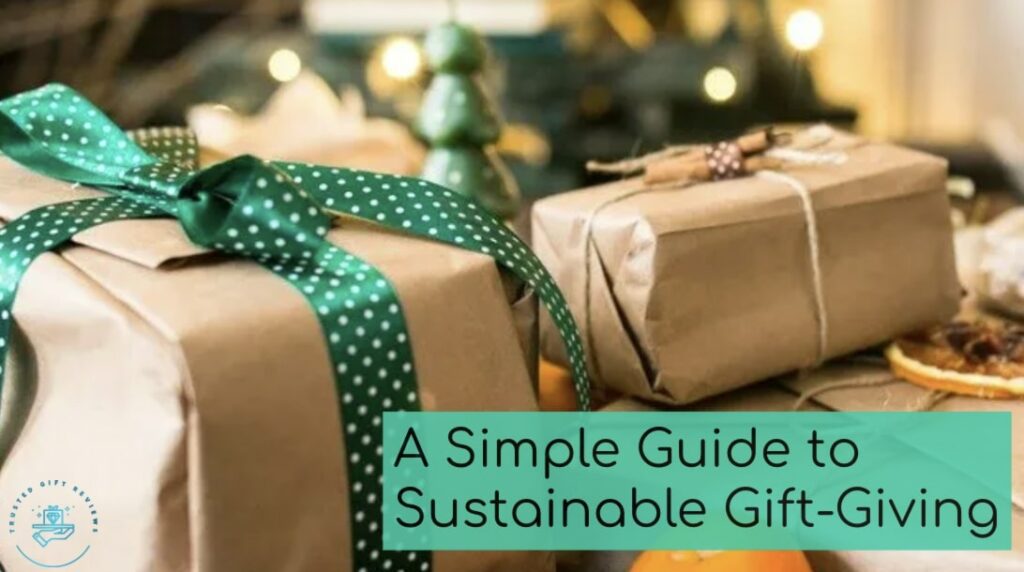As any plant owner knows, there’s nothing more worrying than seeing discoloration on the leaves of our precious plants. Brown spots can be especially worrying, as they’re far different from the vibrant green leaves we want for our plants.
In this guide, we’ll help fiddle leaf fig owners who are probably distressed after seeing these brown spots on their beloved plants. We’ll list down the possible reasons behind these spots and what you can do to save your fiddle leaf fig.
Overwatering


When the soil remains consistently soggy due to overwatering, the roots suffocate due to lack of oxygen. This causes the roots to decay, leading to a condition known as root rot.
When the roots of your fiddle leaf figs are compromised, the plant struggles to absorb nutrients and water, causing stress. This stress can manifest as brown spots on the leaves.
Additionally, overwatering can cause edema, a condition where the plant absorbs water faster than it can release. This results in swollen leaf cells, leading to brown spots forming on the leaves.
How to Fix Overwatering
The best way to really fix overwatering is just following proper watering routines. This means only watering the plant when it needs to.
Before watering, always check if the top inch of the soil is still moist or not. Water your fiddle leaf figs only when this part of the soil is already dry, regardless of how long it has been since the last time you watered it.
Using a well-draining soil mix is also important to prevent water from accumulating around the roots. Look for a soil mix with loam soil, perlite, sand, or bark in the ingredients.
Dry Growing Conditions


While overly wet conditions can be detrimental to the health of fiddle leaf figs, so are dry growing conditions. These plants are tropical plants that are native to rainforests, so they’re used to growing in humid conditions.
Without much moisture from its environment and soil, the plant will start conserving its resources. It can force it to sacrifice some of its leaves, leading to them having brown spots.
If the environment is too for fiddle leaf figs, the edges of its leaves will first turn brown, and then brown spots will start appearing all over the leaves. The spots will also be more of a color tan, so it’s easy to identify.
How to Fix Dry Growing Conditions
Always keep the humidity inside your home at around 40% to 60%. This is the ideal growing condition for fiddle leaf figs.
Place a humidifier near the plant if the humidity level is significantly lower than the recommended range. A bowl of water near it can also help, as it will keep the area around the plant humid while the water evaporates.
It’s also crucial that you thoroughly water the plant during watering sessions. Continue watering the plant until you see water escaping from the drainage holes to make sure the root zone is properly watered.
Improper Fertilization


Fiddle leaf figs aren’t heavy feeders, so there isn’t a need for excessive fertilization. Applying slow-release fertilizer to the plant once or twice during spring and summer should be enough to provide them with all the nutrients they need.
Applying more fertilizer than what they need can burn the roots or cause salt buildup in the soil. Either of these cases can cause stress to plants, leading to brown spots appearing on the leaves.
How to Fix Improper Fertilization
When fertilizing the plant, follow the recommended guidelines in the fertilizer’s packaging to prevent over-fertilization or under-fertilization. You can use either a 3-2-1 NPK ratio fertilizer or a balanced one.
If you’re using a water-soluble fertilizer, it’s recommended to dilute it a bit more than what the packaging recommends just to be safe.
We also recommend watering the plant before you apply any fertilizer. This can prevent the fertilizer from making direct contact with the roots and burning them.
Excessive Exposure to Direct Sunlight


These plants are used to growing under the canopy of huge forest trees, so they’re used to receiving filtered and indirect sunlight. When subjected to excessive direct sunlight, the leaves can experience leaf scorch or sunburn.
The leaves will likely turn yellow first before you spot brown patches in the leaves. The leaves can also droop and eventually drop as the plant continues to receive intense direct sunlight.
How to Fix Excessive Exposure to Direct Sunlight
The best way to fix excessive exposure to direct sunlight is by moving your fiddle leaf fig to a different location or adding curtains and sheer blinds to its current location.
Make sure not to move the plant to an area with low light, as the sudden change in lighting conditions can just stress the plant more. Its new location should still have bright light, only that it’s filtered.
Gradually trim the already damaged leaves, as they can no longer be saved. This will help your fiddle leaf fig focus on its healthy leaves.
Pest or Bacterial Infection


One of the worst possible reasons your fiddle leaf fig has brown spots is pest or bacterial infection. Pests and bacteria can disrupt the normal functions of your plant, causing it to weaken and show signs of stress.
Pests like spider mites and scale insects feed on the sap of the fiddle leaf fig, extracting the nutrients directly from its leaves. This causes physical damage to the leaves, leading to brown spots.
On the other hand, bacteria target the roots and impair their ability to uptake nutrients, oxygen, and water. This forces the plant to go into survival mode and conserve its resources, resulting in some leaves having brown spots and dying.
How to Fix Pest or Bacterial Infection
Identify first if it’s a pest or bacteria that’s causing the brown spots. Plants infested by pests generally have visible insects, webbing, and sticky residue, so it’s easy to know if pests are causing the problem.
If the brown spots are caused by pests, remove the heavily infested leaves and focus on saving the ones with minor infestation. You can apply insecticidal soap or neem soil on the leaves to eliminate the pests.
If what’s causing the brown spots is bacteria, it’s best to repot the plant with a fresh potting mix. Trim the already infected roots before repotting the plant to ensure the bacteria don’t transfer to the new potting mix.




